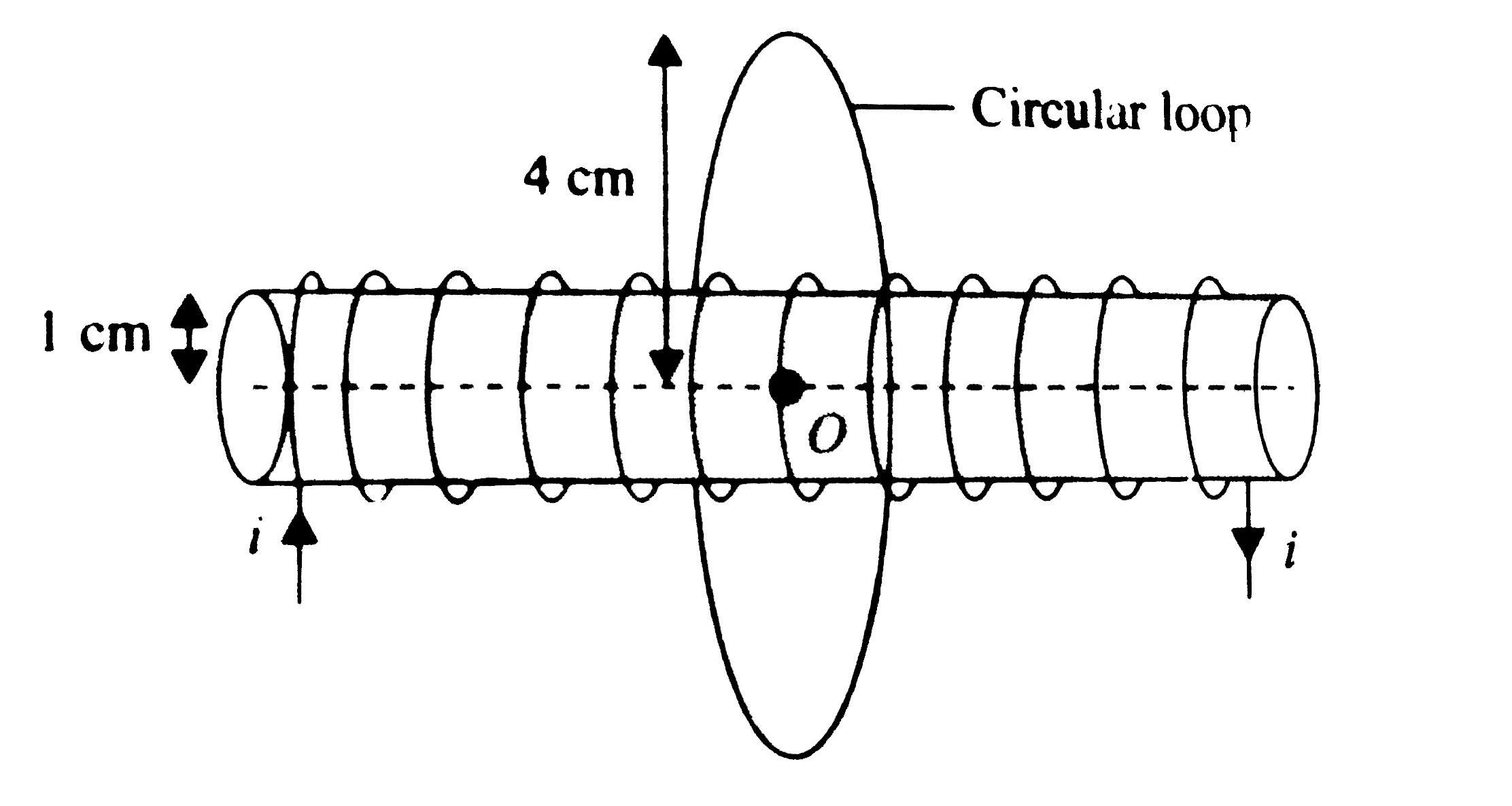Prove that the plane →r⋅(ˆi+2ˆj−ˆk)=3 contains the line →r=ˆi+ˆj+λ(2ˆi+ˆj+4ˆk).
To prove that the plane →r⋅(^i+2^j−^k)=3 contains the line →r=^i+^j+λ(2^i+^j+4^k), we will substitute the parametric equation of the line into the equation of the plane and verify if it holds true.
Step 1: Write the equation of the line
The line can be expressed as:
→r=^i+^j+λ(2^i+^j+4^k)
This can be rewritten as:
→r=(1+2λ)^i+(1+λ)^j+(4λ)^k
Step 2: Substitute the line into the plane equation
The equation of the plane is:
→r⋅(^i+2^j−^k)=3
Substituting →r from the line equation into the plane equation gives:
((1+2λ)^i+(1+λ)^j+(4λ)^k)⋅(^i+2^j−^k)=3
Step 3: Calculate the dot product
Now, we compute the dot product:
(1+2λ)⋅1+(1+λ)⋅2+(4λ)⋅(−1)=3
This simplifies to:
(1+2λ)+2(1+λ)−4λ=3
Expanding this gives:
1+2λ+2+2λ−4λ=3
Combining like terms results in:
3=3
Step 4: Conclusion
Since the equation simplifies to a true statement (3 = 3), we conclude that the plane contains the line.
The line can be expressed as:
→r=^i+^j+λ(2^i+^j+4^k)
This can be rewritten as:
→r=(1+2λ)^i+(1+λ)^j+(4λ)^k
The equation of the plane is:
→r⋅(^i+2^j−^k)=3
Substituting →r from the line equation into the plane equation gives:
((1+2λ)^i+(1+λ)^j+(4λ)^k)⋅(^i+2^j−^k)=3
Now, we compute the dot product:
(1+2λ)⋅1+(1+λ)⋅2+(4λ)⋅(−1)=3
This simplifies to:
(1+2λ)+2(1+λ)−4λ=3
Expanding this gives:
1+2λ+2+2λ−4λ=3
Combining like terms results in:
3=3
Since the equation simplifies to a true statement (3 = 3), we conclude that the plane contains the line.
Topper's Solved these Questions
- BOOK - CENGAGE ENGLISHCHAPTER - THREE-DIMENSIONAL GEOMETRY EXERCISE - CONCEPT APPLICATION EXERCISE 3.112videos
THREE-DIMENSIONAL GEOMETRY
- BOOK - CENGAGE ENGLISHCHAPTER - THREE-DIMENSIONAL GEOMETRY EXERCISE - CONCEPT APPLICATION EXERCISE 3.215videos
THREE-DIMENSIONAL GEOMETRY
- BOOK - CENGAGE ENGLISHCHAPTER - THREE DIMENSIONAL GEOMETRYEXERCISE - All Questions294videos
THREE DIMENSIONAL GEOMETRY
- BOOK - CENGAGE ENGLISHCHAPTER - TRIGONOMETRIC EQUATIONSEXERCISE - Archives (Matrix Match Type)1videos
TRIGONOMETRIC EQUATIONS
Similar Questions
The equation of the plane containing the line
→r=ˆi+ˆj+λ(2ˆi+ˆj+4ˆk) isView SolutionFind the shortest distance between the lines →r=(ˆi+2ˆj+ˆk)+λ(2ˆi+ˆj+2ˆk)and→r=2ˆi−ˆj−ˆk+μ(2ˆi+ˆj+2ˆk).
View SolutionFind the shortest distance between the lines
→r=λ(2ˆi+3ˆj+4ˆk)and→r=(ˆi−ˆj)+t(2ˆi−3ˆj+4ˆk)View SolutionThe position vector of the foot of the perpendicular draw from the point 2ˆi−ˆj+5ˆk to the line
→r=(11ˆi−2ˆj−8ˆk)+λ(10ˆi−4ˆj−11ˆk) isView SolutionFind the angle between the planes →r.(ˆi+ˆj−2ˆk)=3and→r.(2ˆi−2ˆj+ˆk)=22
View SolutionFind the shortest distance between the lines →r=(ˆii+2ˆj+ˆk)+λ(2ˆi+ˆj=2ˆk)and→r=2ˆi−ˆj−ˆk+μ(2ˆi+ˆj+2ˆk).
View SolutionA long solenoid having n = 200 turns per metre has a circular cross-section of radius a1=1cm. A circular conducting loop of radius a2=4cm and resistance R=5(Ω) encircles the solenoid such that the centre of circular loop coincides with the midpoint of the axial line of the solenoid and they have the same axis as shown in Fig.

A current 't' in the solenoid results in magnetic field along its axis with magnitude B=(μ)ni at points well inside the solenoid on its axis. We can neglect the insignificant field outside the solenoid. This results in a magnetic flux (ϕ)B through the circular loop. If the current in the winding of solenoid is changed, it will also change the magnetic field B=(μ)0ni and hence also the magnetic flux through the circular loop. Obvisouly, it will result in an induced emf or induced electric field in the circular loop and an induced current will appear in the loop. Let current in the winding of solenoid be reduced at a rate of 75A/sec.
When the current in the solenoid becomes zero so that external magnetic field for the loop stops changing, current in the loop will follow a differenctial equation given by [You may use an approximation that field at all points in the area of loop is the same as at the centreView SolutionFind the angle between the line: →r=4ˆi−ˆj+λ(ˆi+2ˆj−2ˆk)andvevr=ˆi−ˆj+2ˆk−μ(2ˆi+4ˆj−4ˆk)
View SolutionThe angle between the planes
→r.(2ˆi−ˆj+ˆk)=6 and →r.(ˆi+ˆj+2ˆk)=5 isView SolutionIf the point of intersection of the line
→r=(ˆi+2ˆj+3ˆk)+λ(2ˆi+ˆj+2ˆk) and the plane →r(2ˆi−6ˆj+3ˆk)+5=0 lies on the plane →r(ˆi+75ˆj+60ˆk)−α=0, then 19α+17 is equal to :View Solution

